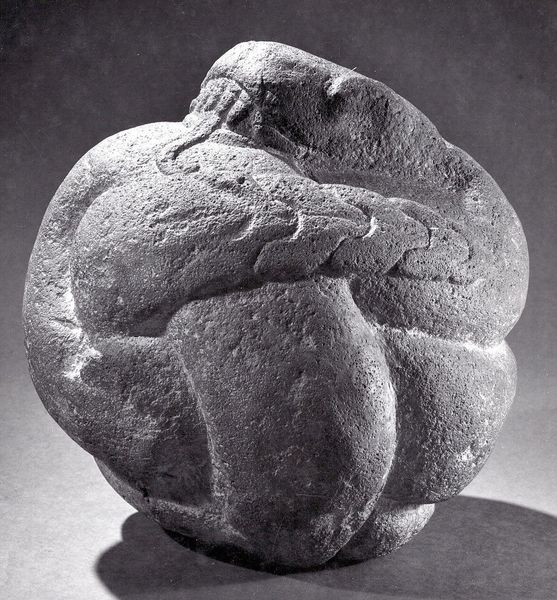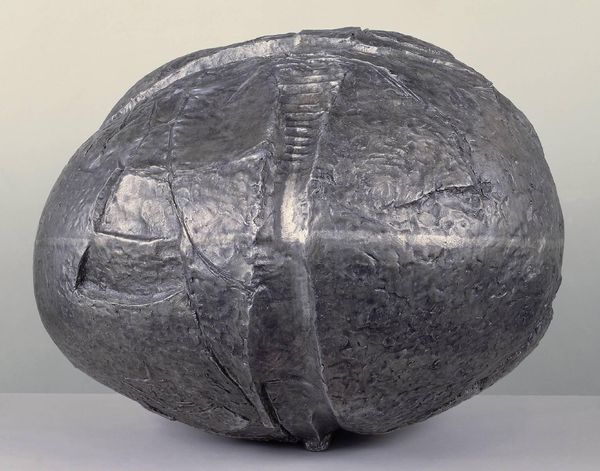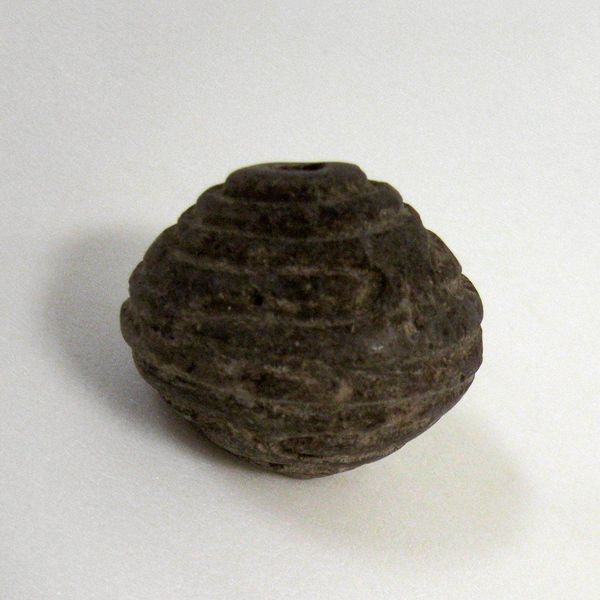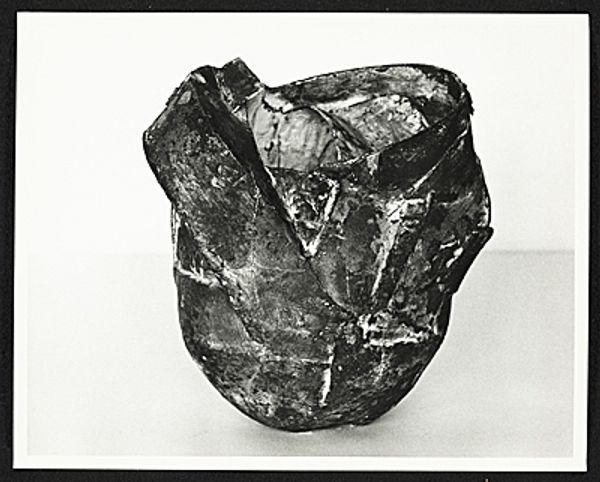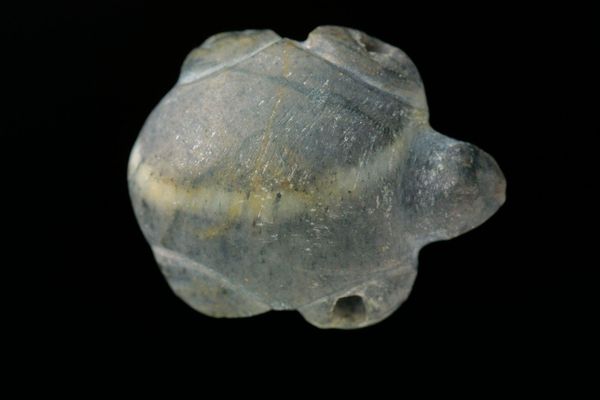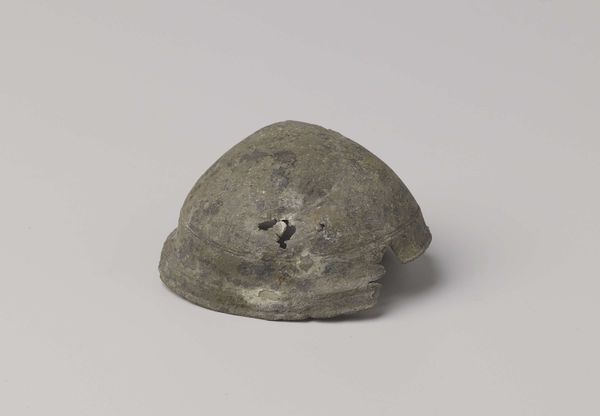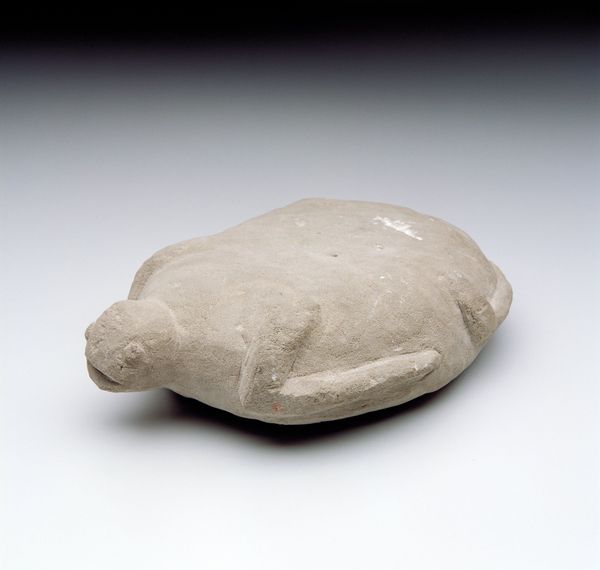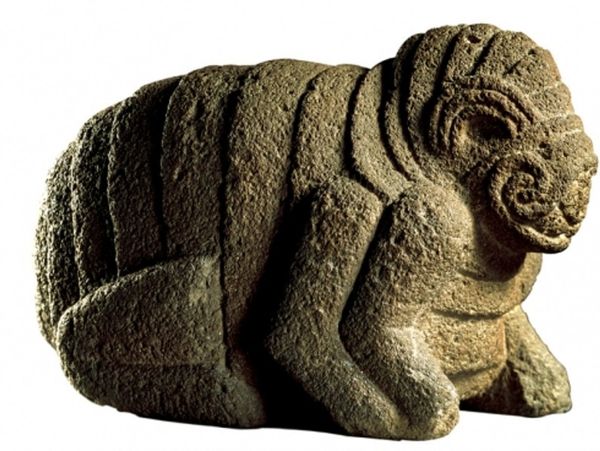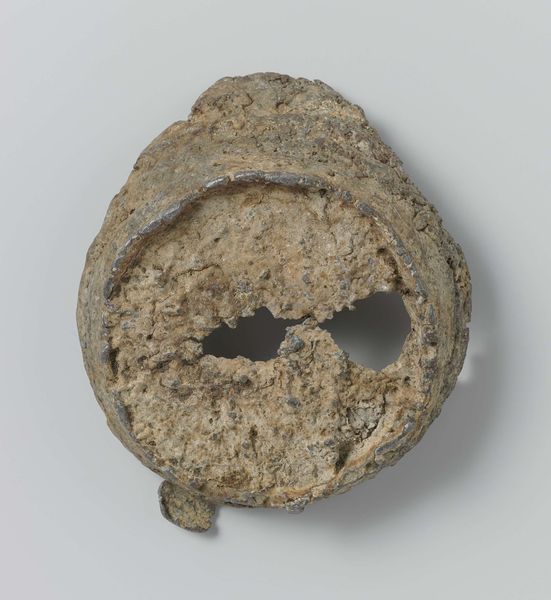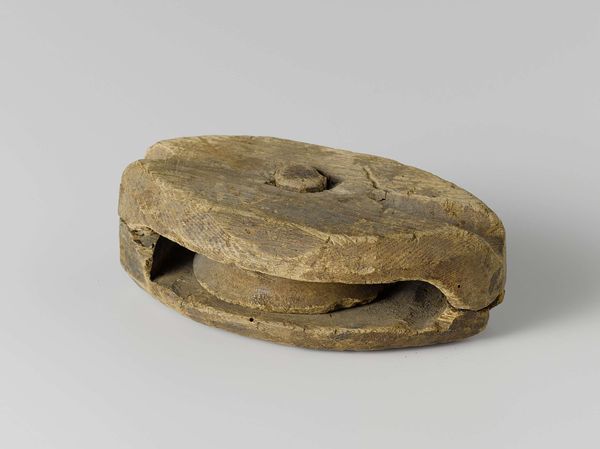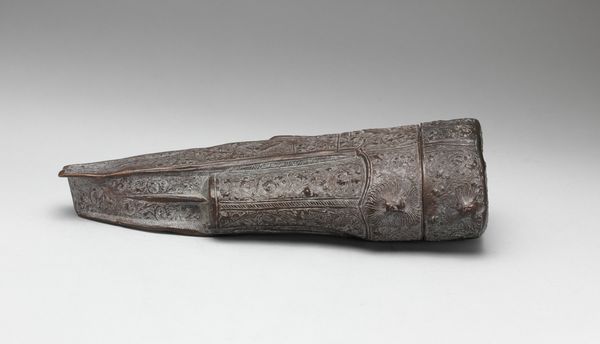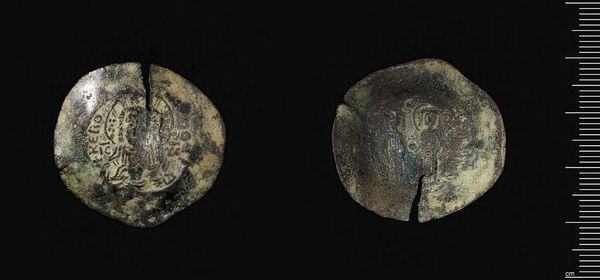
carving, sculpture
#
carving
#
sculpture
#
form
#
sculpture
#
indigenous-americas
Copyright: Public domain
Curator: This basalt sculpture, titled "Coiled Serpent," dates back to 1521 and is a fascinating example of Aztec artistry. You can currently find it here at the Metropolitan Museum of Art. Editor: My first impression is how remarkably contained the form is. All that power and potential energy, compressed into a tight coil of geometrical precision! Curator: Precisely! The formal structure mimics the natural form of a rattlesnake, coiled and ready to strike. The geometric patterns adorning the scales highlight an emphasis on craftsmanship. But, more than that, snakes were deeply important within Aztec cosmology. Editor: Absolutely. As an object made from basalt, it signifies an interesting level of craftsmanship. The means of production are deeply rooted within the social, political and spiritual significance it held at the time, connecting it directly to the resources and labor available within that society. What does this say about how it would have been viewed? Curator: This sculpture served ritualistic and symbolic purposes. The serpent embodies multiple symbolic roles, from fertility and regeneration to power and danger. Its presence here reminds us of the interconnectedness of the earthly and divine within Aztec belief systems. The serpent motifs throughout Mesoamerica are associated with gods like Quetzalcoatl. Editor: Do you believe that by examining this work we are able to get a sense for how this was used within these different spheres of Aztec culture? Can a Materialist interpretation uncover some things missed through an art-historical lens? Curator: Perhaps, or perhaps that a Materialist's interpretation can uncover a complementary approach for viewing its usage! Editor: In any case, thinking about materiality helps us comprehend artistic intentions and broader cultural values in artmaking practices. I certainly depart with a renewed awe of their ability. Curator: And I depart with a heightened understanding of its cultural importance through this interdisciplinary view. Thank you!
Comments
No comments
Be the first to comment and join the conversation on the ultimate creative platform.
